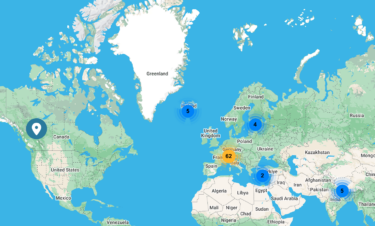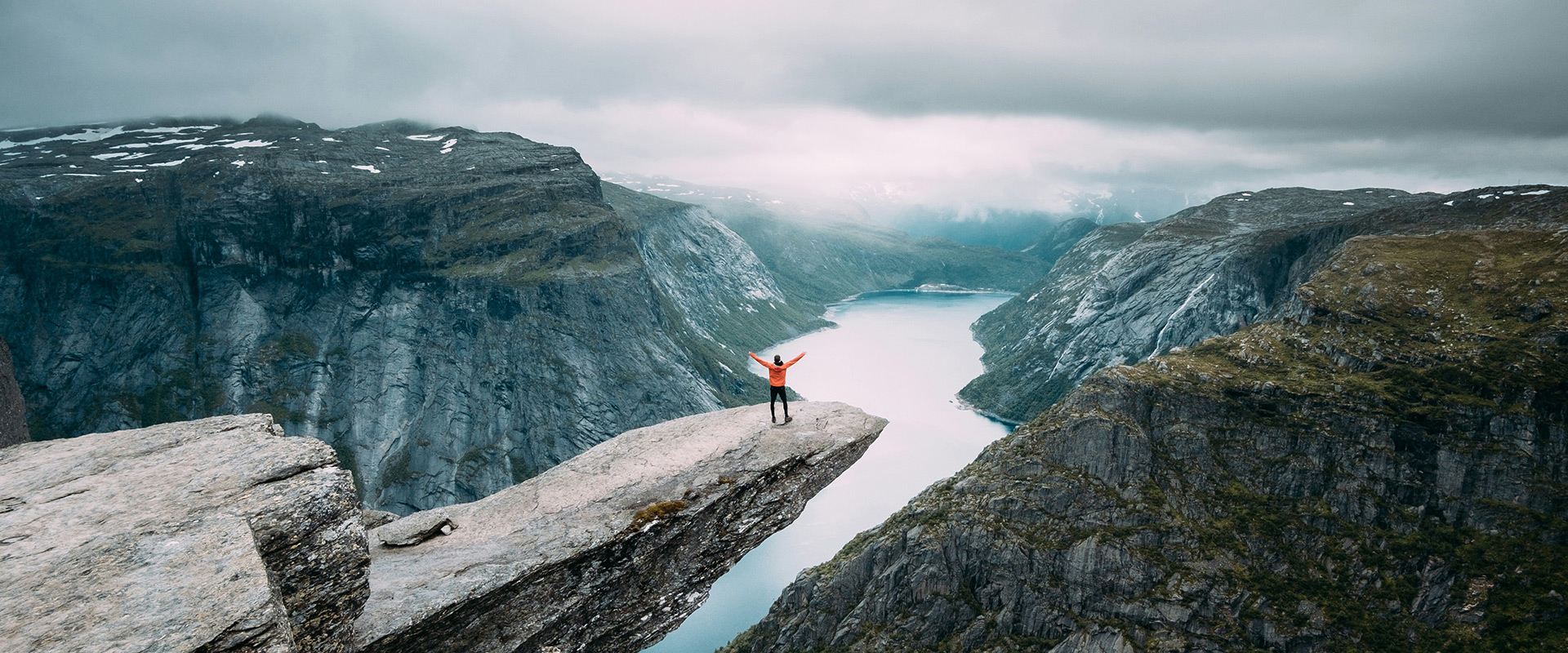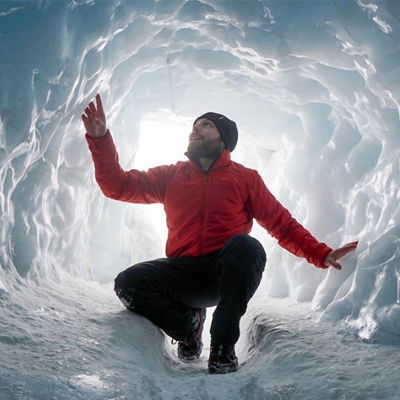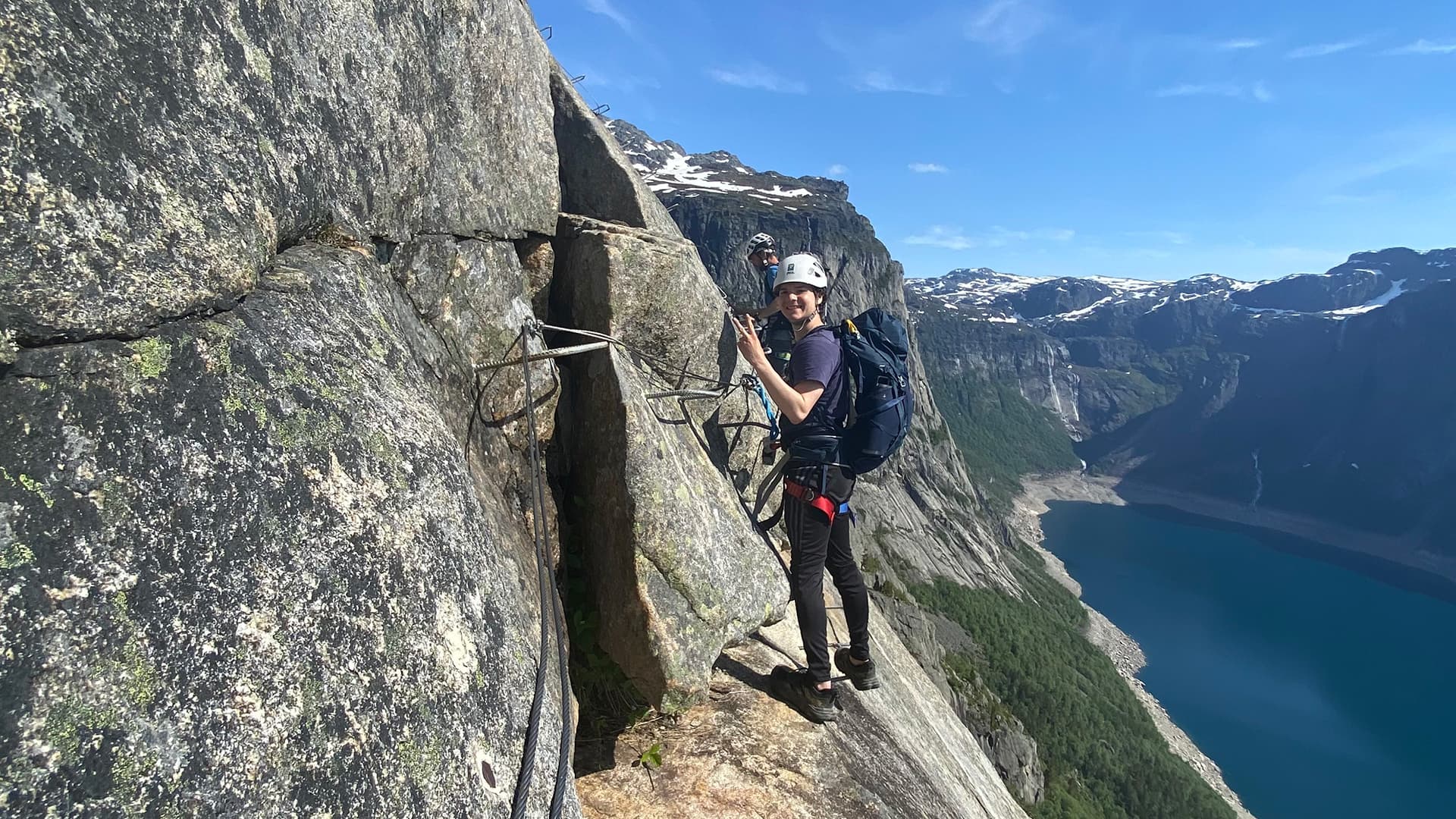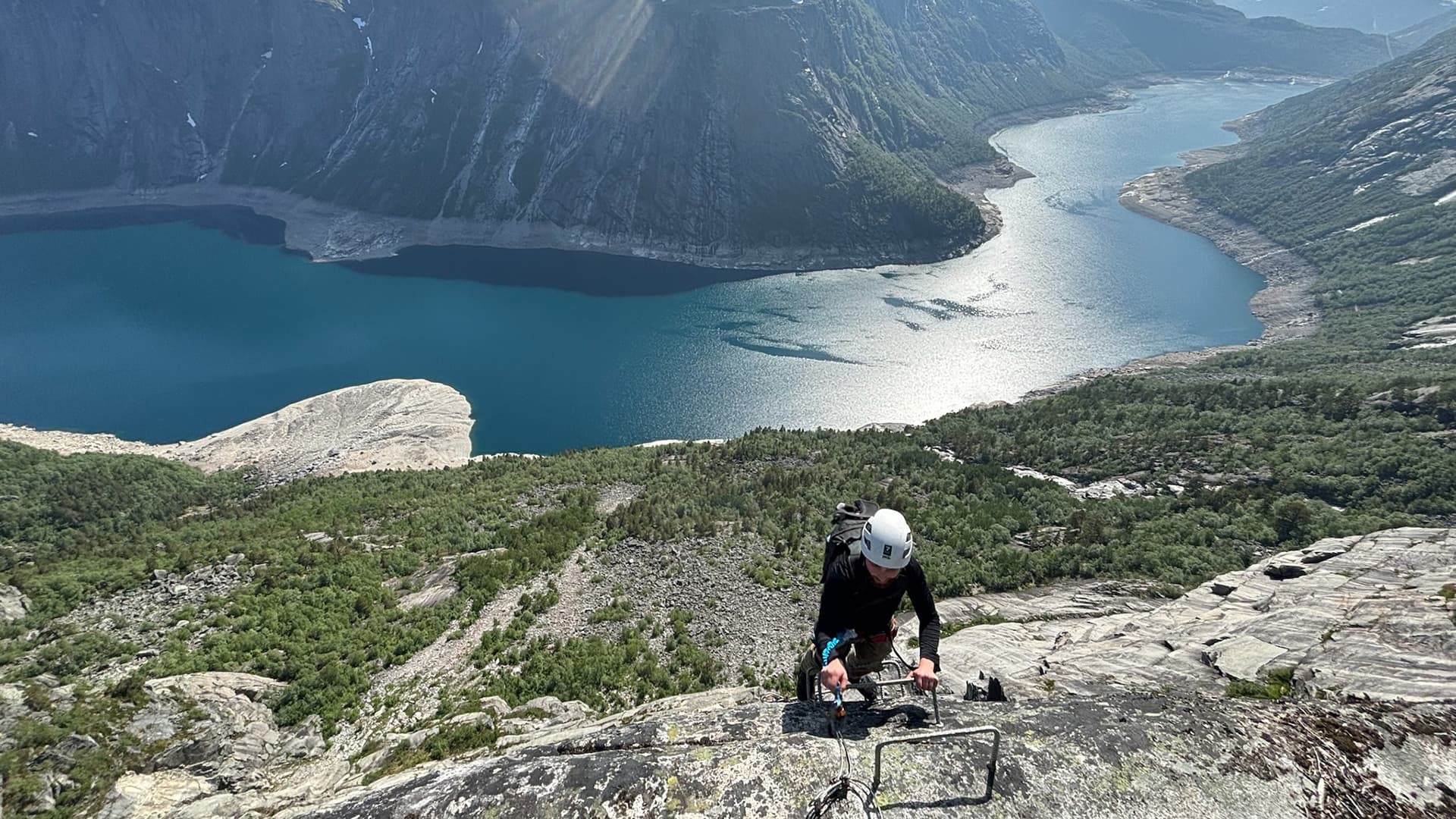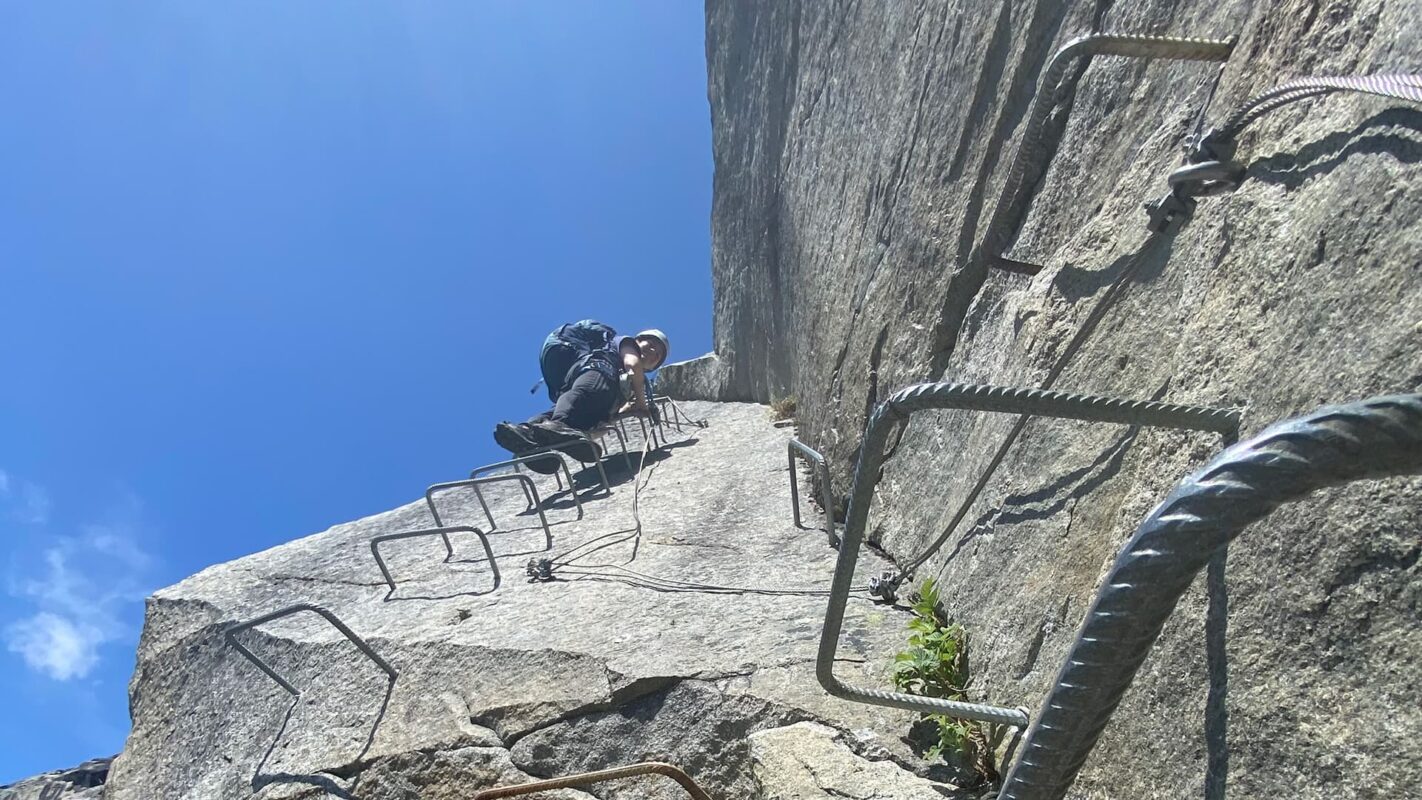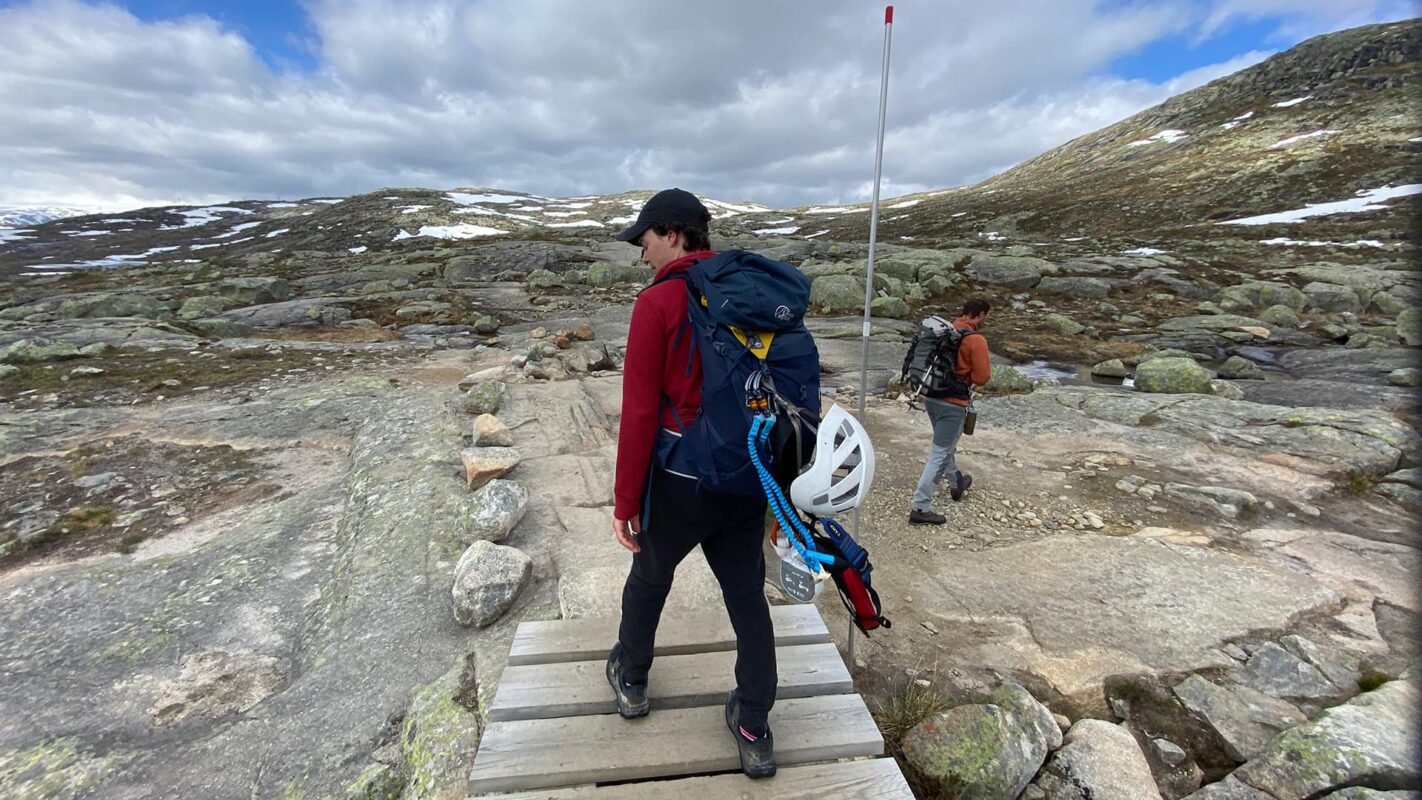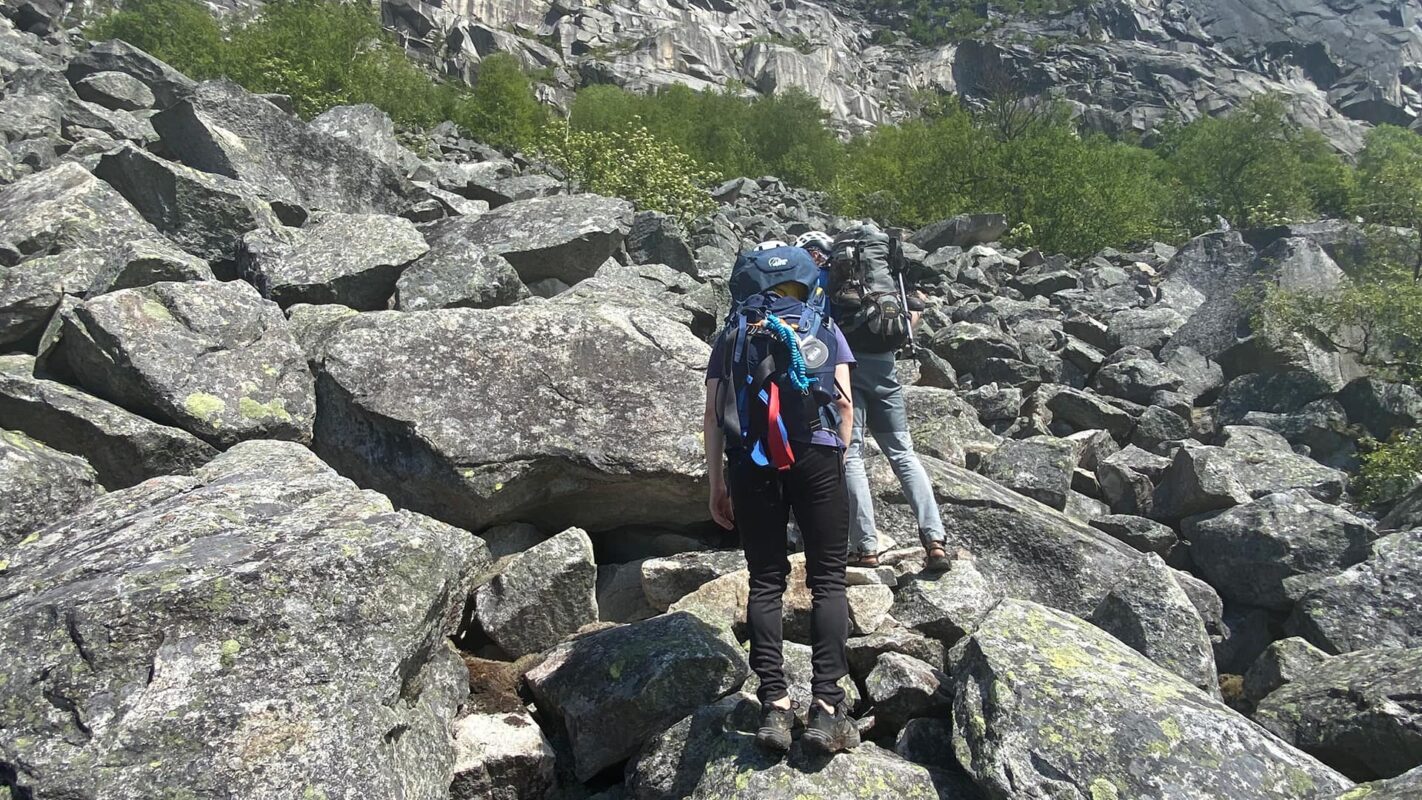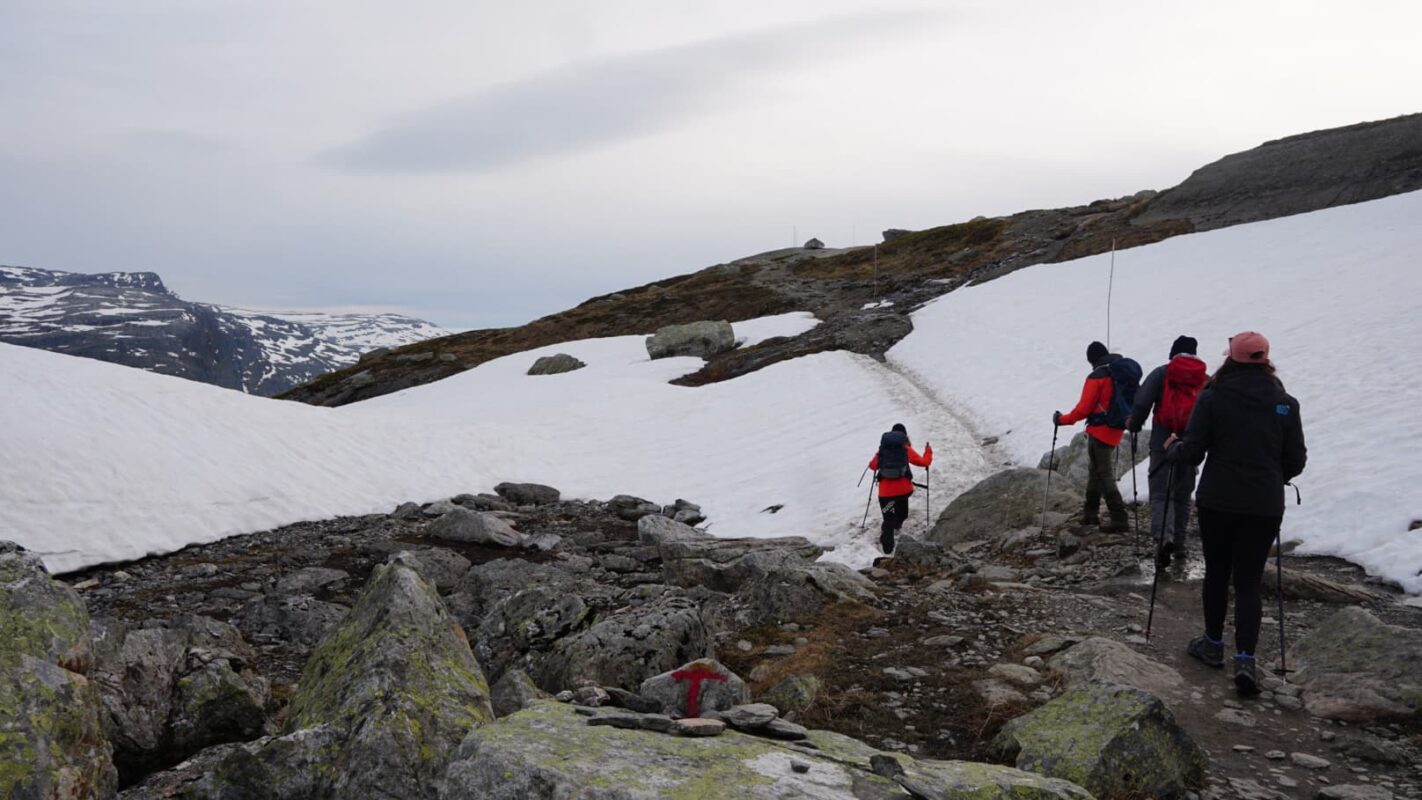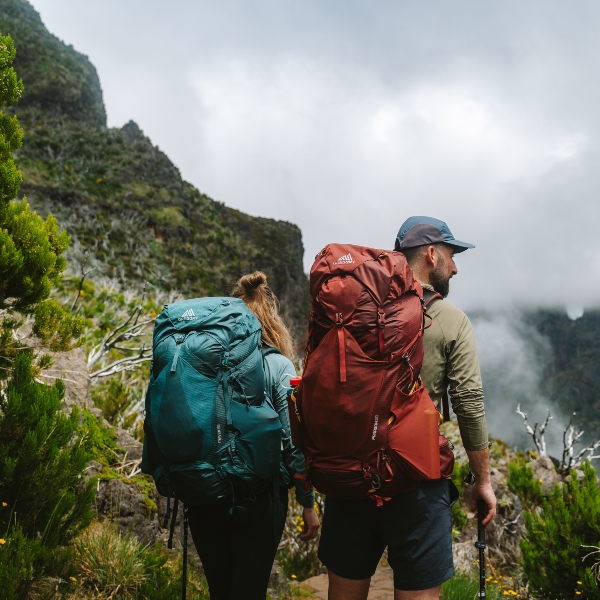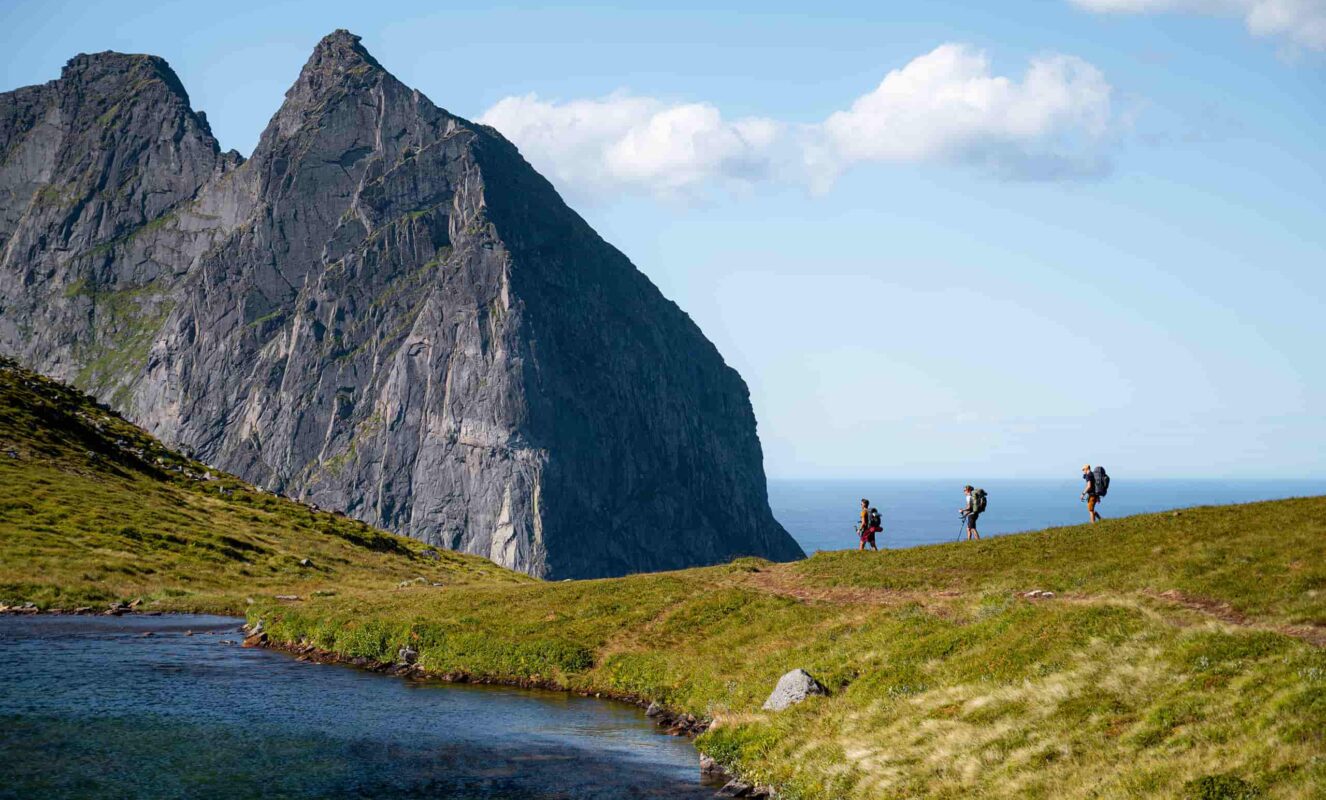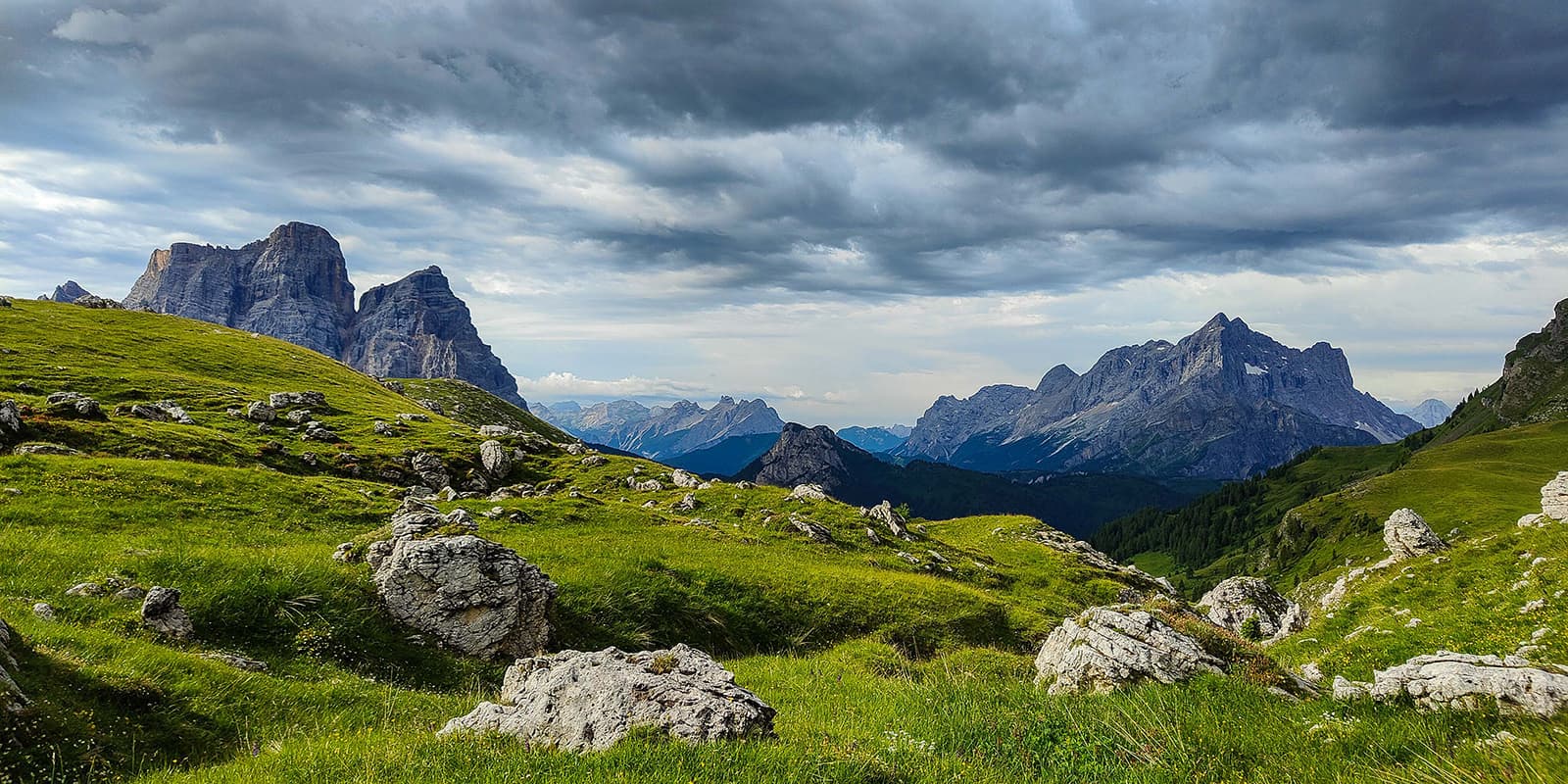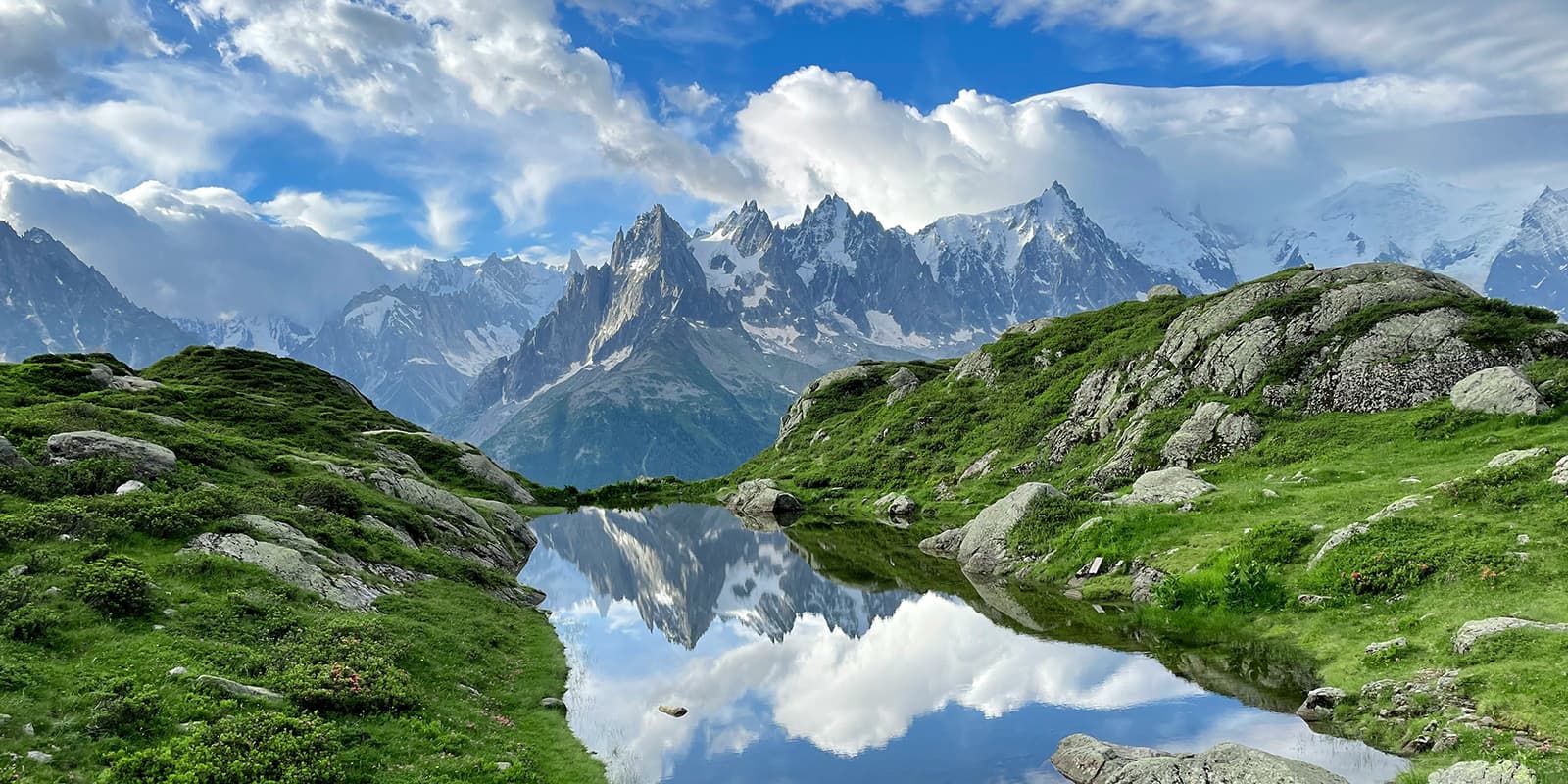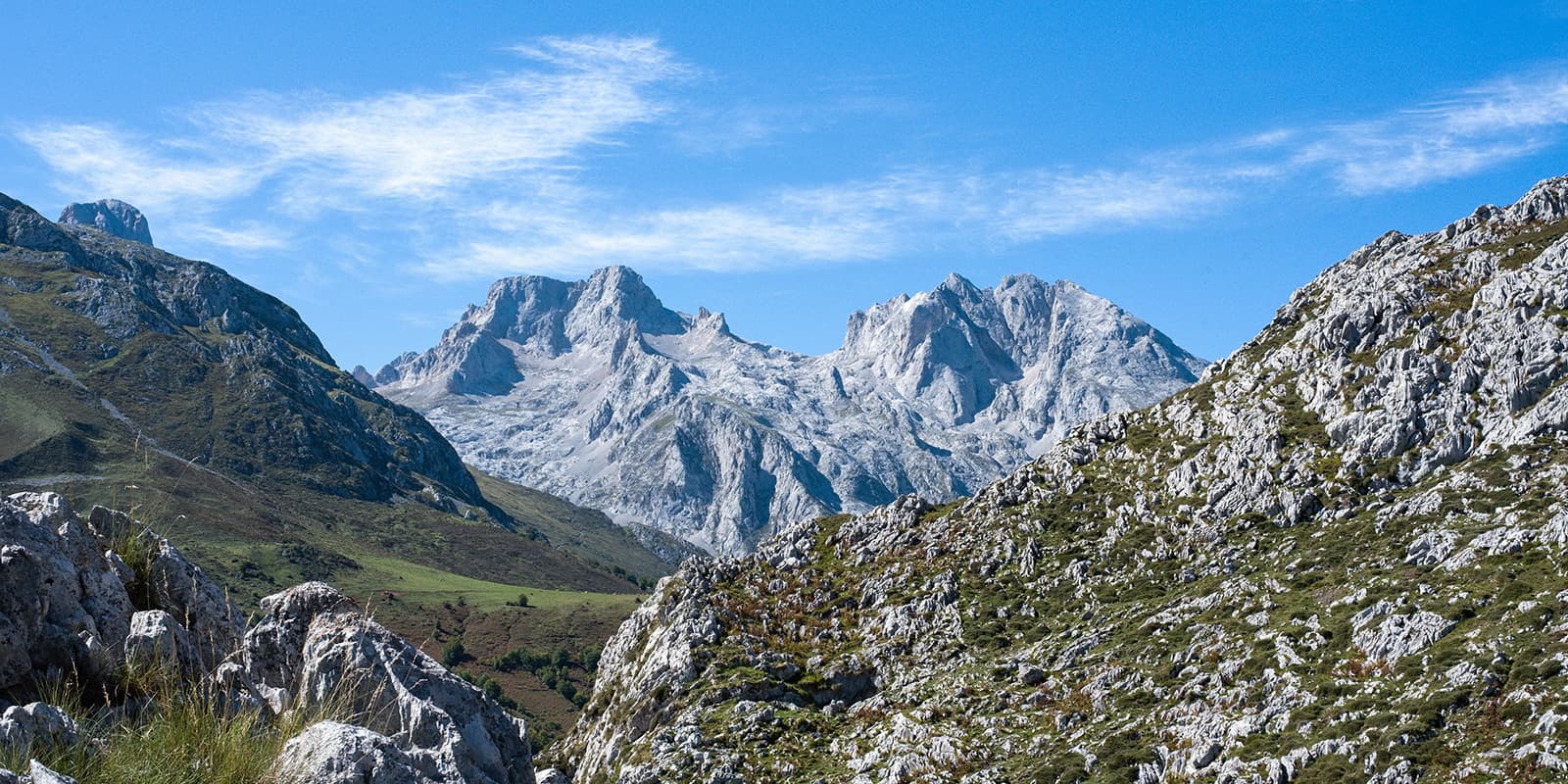Timing and traffic management
The Via Ferrata routes to and from Trolltunga operate on a timed schedule to manage the flow of climbers and ensure safety, as there is only one line:
- Climb up time: 10:00 AM to 2:00 PM – This window is strictly for ascending the Via Ferrata. Starting your climb within this time frame ensures that you reach Trolltunga before the designated time for descending begins, allowing for a smooth flow of traffic on the route.
- Climb down time: 3:00 PM and later – Descending the Via Ferrata should only be initiated after 3:00 PM. This policy helps prevent congestion on the single-line system and minimizes the risk of accidents caused by two-way traffic on the narrow routes.
These time slots are designed to provide the safest and most enjoyable experience for all users of the Via Ferrata. Adhering to these times is crucial, especially during the peak season when the route can become quite busy.
Peak season crowds
During the peak season (June to August), it’s possible to wait up to three hours for a chance to take a photo on Trolltunga due to the high volume of visitors. Avoid holidays and weekends if you can.
Recommendations for water on the hike
Given the length and challenge of the hike to Trolltunga, it is recommended to carry at least 2-3 liters of water per person. If you plan to refill your water bottles along the trail, do so at higher altitudes where the likelihood of water being contaminated by human activity is lower. Early in the hike, there are more opportunities to fill up near the streams close to the trail. Make sure to assess the water flow and clarity before refilling.
Tips for getting there
Parking at P2: Start by parking your vehicle at the P2 parking lot, located in Skjeggedal. This area serves as an overflow parking when P1 is full and for those who prefer a less crowded starting point.
Shuttle service to Tyssedal (P1): From Skjeggedal (P2), you can take advantage of the shuttle bus service that transports people to Skjeggedal (P2). This shuttle typically runs during the high season and its schedule is designed to align with peak hiking times. Check the local schedules in advance as they can vary by season.
Starting the hike: Once at Skjeggedal, you have two main options to reach the Via Ferrata start point:
- Via Ferrata direct: If you intend to use the Via Ferrata to ascend, begin directly from Skjeggedal. The start of the Via Ferrata is well-marked and generally starts with a hike through the initial part of the main trail.
- Hiking to Mågelitopp (P3): Alternatively, some choose to hike to Mågelitopp (P3), where the hike to Trolltunga is shorter. This is an option if you’re looking to cut down the walking distance but still want the Via Ferrata experience. From Mågelitopp, you can catch the Via Ferrata partway.
For hiking:
If you start from the P2 parking in Skjeggedal, you should allow 8–12 hours for the 28-km round-trip hike to Trolltunga. You can also start from P3 Mågelitopp, allowing 7–10 hours for the 20-km round-trip hike. There are shuttle buses between Odda, P1 Tyssedal and P2 Skjeggedal.
For a one-day hike:
It’s highly recommended to start very early in the morning if you’re planning to complete the hike in a single day. Starting by 5:00 AM or 6:00 AM is ideal, especially during the longer daylight hours of the summer months. This early start means that you have enough daylight to complete the approximately 10-12 hour hike (round trip) and return safely.
Check the sunrise time for your specific date, and plan to start your hike around or shortly after this time. This helps maximize your use of natural light and provides extra time for breaks, slower pacing, or any unexpected delays.
For an overnight trip:
If you’re planning to camp overnight near Trolltunga (note that camping is only permitted at specific sites to minimize environmental impact), you can start a bit later in the day. Starting by 8:00 AM or 9:00 AM might be sufficient.
Confirm you have a designated camping spot or know where the permissible camping areas are. Setting up camp before it gets dark is crucial, so plan your hiking speed and breaks accordingly.


